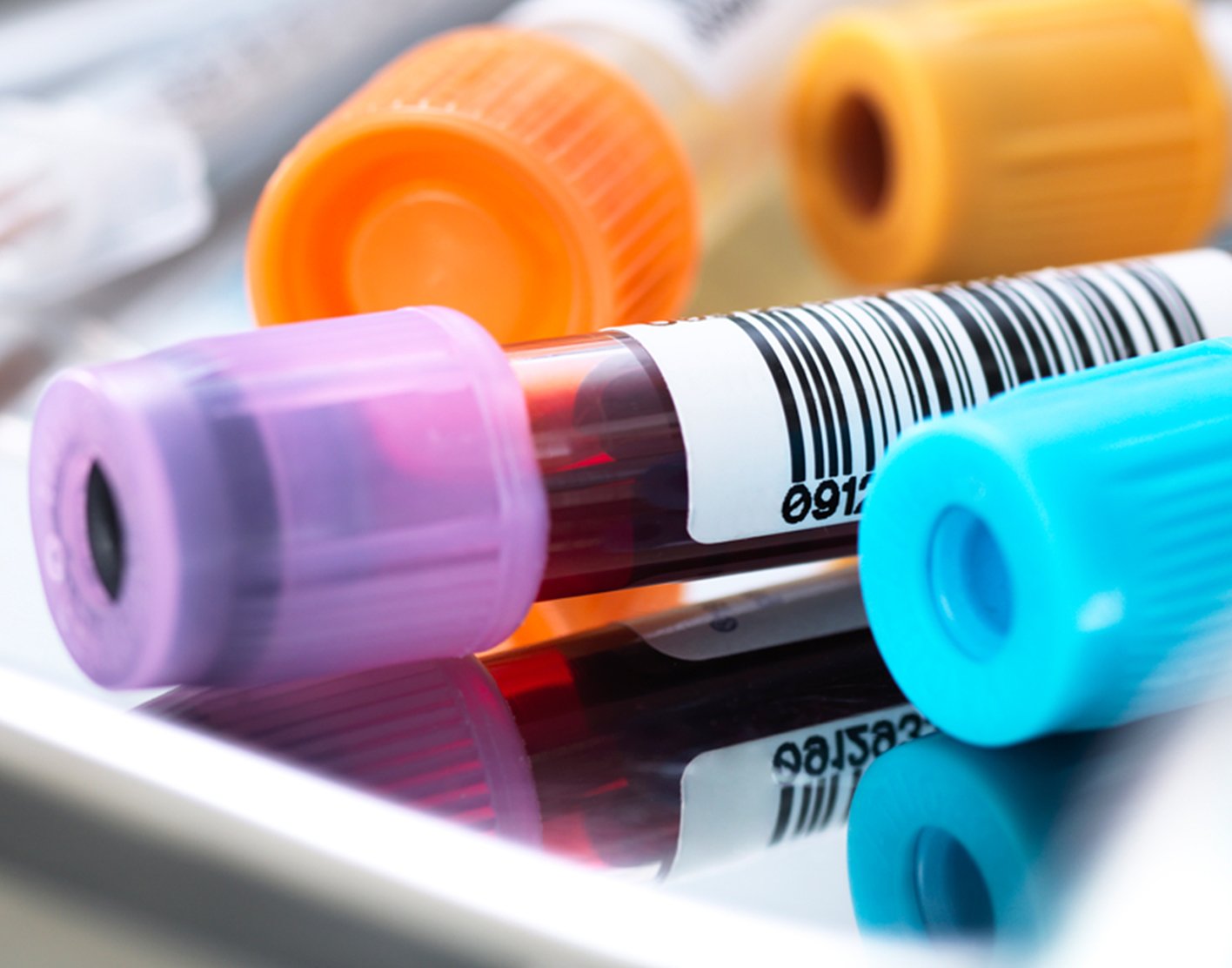
Coccidioides complement fixation
Definition
Coccidioides complement fixation is a blood test that looks for substances (proteins) called
Alternative Names
Coccidioides antibody test; Coccidioidomycosis blood test
How the Test is Performed
A
How to Prepare for the Test
There is no special preparation for the test.
How the Test will Feel
When the needle is inserted to draw blood, some people feel moderate pain, while others feel only a prick or stinging. Afterward, there may be some throbbing.
Why the Test is Performed
This test is used to detect infection with the fungus that causes coccidioidomycosis, or Valley fever. This condition can cause lung (localized) or widespread (disseminated) infection.
Normal Results
A normal result means no Coccidioides immitis antibodies are detected in the blood sample.
Normal value ranges may vary slightly among different laboratories. Some labs use different measurements or test different samples. Talk to your health care provider about the meaning of your specific test results.
What Abnormal Results Mean
Abnormal results mean that Coccidioides immitis antibodies are present. This can mean that you have a current or past infection.
The test may be repeated after several weeks to detect a rise in
In general, the worse the infection, the higher is the titer, except in people with a weakened immune system.
There can be false positive tests in people with other fungal diseases such as
Risks
There is little risk involved with having your blood taken. Veins and arteries vary in size from one person to another and from one side of the body to the other. Taking blood from some people may be more difficult than from others.
Other risks associated with having blood drawn are slight, but may include:
- Excessive bleeding
- Fainting or feeling lightheaded
- Multiple punctures to locate veins
- Hematoma (blood accumulating under the skin)
- Infection (a slight risk any time the skin is broken)
References
Galgiani JN. Coccidioidomycosis (Coccidioides species). In: Bennett JE, Dolin R, Blaser MJ, eds. Mandell, Douglas, and Bennett's Principles and Practice of Infectious Diseases. 9th ed. Philadelphia, PA: Elsevier; 2020:chap 265.
Iwen PC, Thompson GR, Wiederhold NP. Mycotic diseases. In: McPherson RA, Pincus MR, eds. Henry's Clinical Diagnosis and Management by Laboratory Methods. 24th ed. Philadelphia, PA: Elsevier; 2022:chap 60.
Review Date: 26/08/2023
The information provided herein should not be used during any medical emergency or for the diagnosis or treatment of any medical condition. A licensed physician should be consulted for diagnosis and treatment of any and all medical conditions. Call 911 for all medical emergencies. Links to other sites are provided for information only -- they do not constitute endorsements of those other sites. Copyright ©2019 A.D.A.M., Inc., as modified by University of California San Francisco. Any duplication or distribution of the information contained herein is strictly prohibited.
Information developed by A.D.A.M., Inc. regarding tests and test results may not directly correspond with information provided by UCSF Health. Please discuss with your doctor any questions or concerns you may have.



























